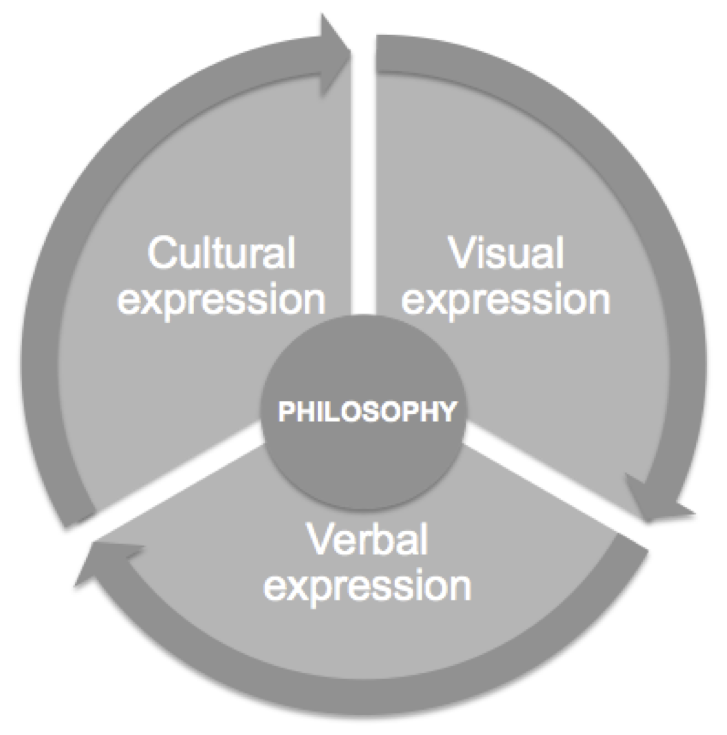
A little while ago, we carried out an audit of the work we do. It confirmed a gut feeling – that slightly over 50% of the brand work we do is “fixing”.
This means putting right pieces of work that have been started or handed off by other parties.
It starts with a big idea
The situation is usually this: a design agency comes up with a “big idea” for a brand. They explain the big idea visually – “Look, Brand X is dynamic and unique… so your logo is a bright star that stands out in the firmament of the Financial Services/Legal/Accountancy/Consulting cosmos…” *
Then follows a detailed conversation of the exact shade of yellow and its ability to be reproduced across many substrates, of the exact pointiness or curvature of the typeface and the way the star should always be represented head-on – because you’re “bold and confident”.
Everyone is excited. Everyone is happy. The (usually multidisciplinary) agency gets to fly home and draw up contracts for multiple websites, apps, 85 new brochures, facias, livery, conference banners etc, etc, etc.
And for a few weeks the excitement remains. Because really, most of us like working with new stuff around us.
But like a house built on flimsy foundations, it’s not long before things start to go wrong.
It’s not robust enough
Like – what does “dynamic, unique, bold and confident” mean when I’m creating this brand’s content marketing approach? Or when I’m out there in the field doing a presentation to prospective new clients? Or when I’m trying to reach higher quality candidates?
This is when you find out if the original brand work is unfinished or wonky. It’s when it fails to resonate with the people whose very lives and careers it’s supposed to make easier. Or when they all interpret the “big idea” in many different ways – leading to duplication of effort and massive inconsistencies.
Visually, people may be getting it right. The star may always be in the correct shade of yellow and it may always be presented head-on. But beyond that, the “brand” is giving no cohesion at all. It’s not becoming a force for people all understanding that they have shared goals. It’s not becoming a go-to way of describing what the organisation they work for exists to achieve.
At its worst, this approach to “branding” just leaves you with a mess wrapped up in pretty packaging. And, let’s not be coy about it, with some pee-d off teams who resent the amount of money they think has been spent on a new letterhead.
Or just not articulated well
Another thing that can go wrong is when a consultancy hands over a “brand” document. The sentiments it contains might be bang-on – but they’ve been expressed in a way that makes no sense at all to the teams who have to use the brand and live by it.
These approaches to branding haven’t necessarily got it wrong. They just don’t finish the job. Because creating a solid brand platform is only half of the work. The other half is making it land well with the people you need to implement it. Because what use is a brand if no-one in the organisation knows what it means or understands what part they play in delivering it?
So how do we “fix” these not-quite-right-first-time approaches?
Honestly, when it’s rescuing a multidisciplinary job, it’s with a lot of back-rationalisation. Because often you can’t change the “dynamic, unique, bold and confident” because it’s been signed off and no-one wants to go through that palaver all over again. But at least we can make those words mean something that everyone in the organisation will understand and buy into.
As an aside, a couple of years ago I mentioned to an owner of a multidisciplinary agency that I’d become a “queen of back-rationalisation”. He just snorted and said: “Isn’t all brand just back-rationalisation?”
It seemed like an admission that this particular agency never prioritised or gave any level of thought to the strategy (because after all, it’s the design that gets you all the spin-off work, so why bother with anything else) – and then just relied on back-rationalisation to make it work.
On the other hand, fixing a not-quite-there-yet consultancy approach tends to be a different kettle of fish, because the thinking is often sound – it’s just not being communicated in a way that makes sense to all the organisation’s teams. So our role becomes landing the idea properly in the organisation and with customers.
At Wordtree, we combine brand strategy and communication. So we create a solid approach and we land it well with an organisation’s teams. We also help our clients to brief design teams.
That’s not to say there aren’t multidisciplinary brand agencies who can’t do this AND do your design too (which is an attractive offer). But in my experience, true multidisciplinaries are extraordinarily rare. The usual thing is for a design team to claim a vast range of expertise and then bring in freelance support to fill the gaps. Which on the face of it isn’t a bad approach – until you realise it’s really not in the agency’s interests to dedicate much of their budget to the freelancers, so by default, design gets a higher priority than the thinking.
And it’s not to say that there aren’t brilliant strategists out there who either communicate well themselves, or collaborate with communicators to make sure their thinking is actionable. We just see what happens when there’s no bridge between a strategy and the organisation that needs to use it.
For what it’s worth, this is the approach that I think eliminates the wonkiness and unfinishedness:
Get the thinking right first – define your brand’s higher purpose and story. When you have that, you can go on to express your brand visually, verbally and culturally.

The thinking can’t be done from the ivory tower of a super-cool design studio or consultancy. It has to be done by rolling your sleeves up, reading everything you can get your hands on, interviewing decision-makers, involving teams and customers and spending time with them. You need to ask a lot of questions – and you need to really listen to what everyone is telling you.
When you’ve absorbed as much of this as possible, you can start to tell that organisation’s story and articulate their purpose in a way that transcends the products they make or the services they offer. You can do it in a way that scales, that has reach and longevity. That goes far beyond, “dynamic, unique, bold and confident”.
This kind of brand thinking is the springboard for everything else – and you know when you’ve got to it, because it feels simple and obvious. Which makes it easy to get buy-in from all the teams you want to embrace it.
Philosophy first, not design
It’s only when you’ve nailed the philosophy and expressed it simply that you can move on, using it to brief designers and tone of voice people.
Culturally, a simply-expressed philosophy allows you to instil ways of working and interacting and gives you a means to measure them.
Design alone can’t do this. A good idea, poorly expressed, can’t do this. Robust thinking, simply expressed, can.
If you’d like to talk to us about brand thinking, please give us a call. And you can read more about our approach to brand here.
*I made the star up. If your logo is a star, apologies. I’m sure it’s well thought-through and wonderful. And if it isn’t, you can give me a call anytime.
